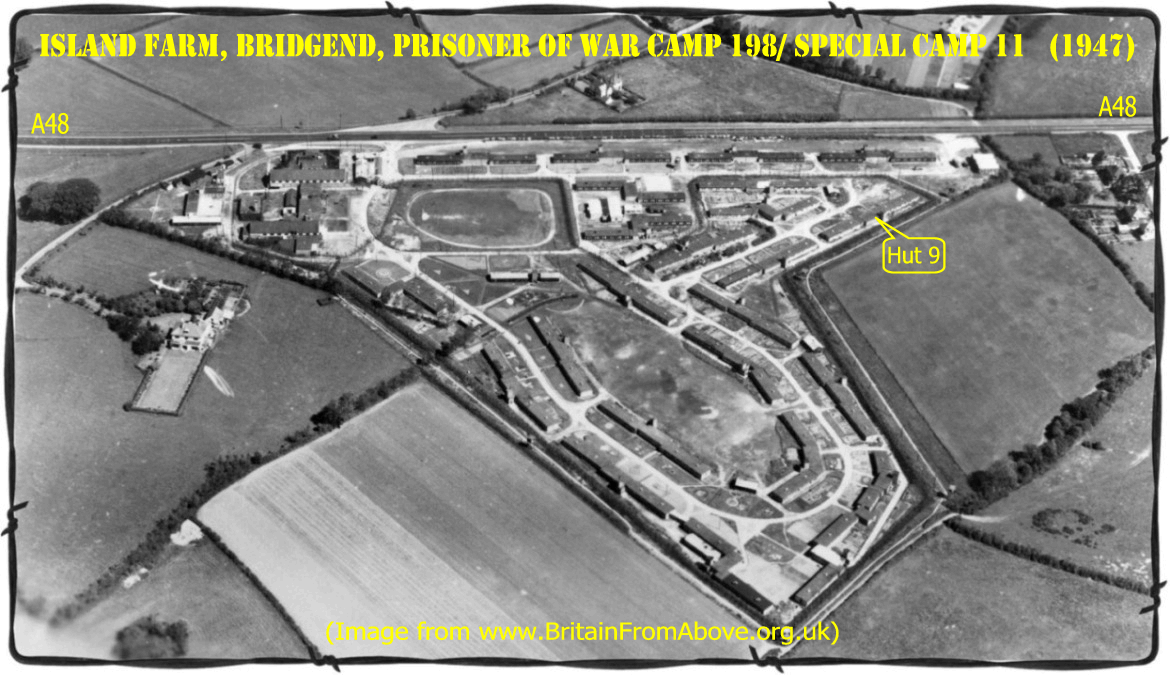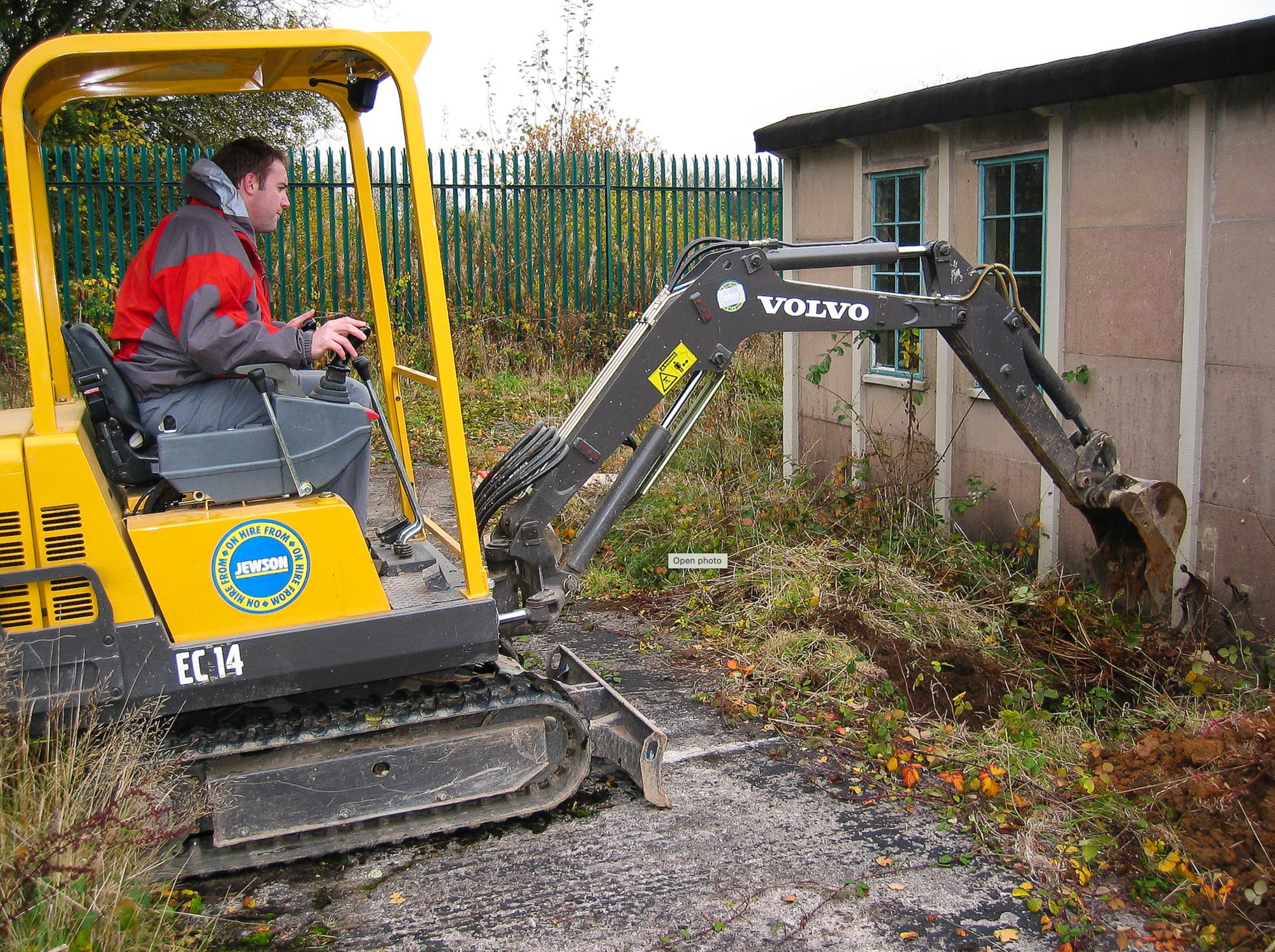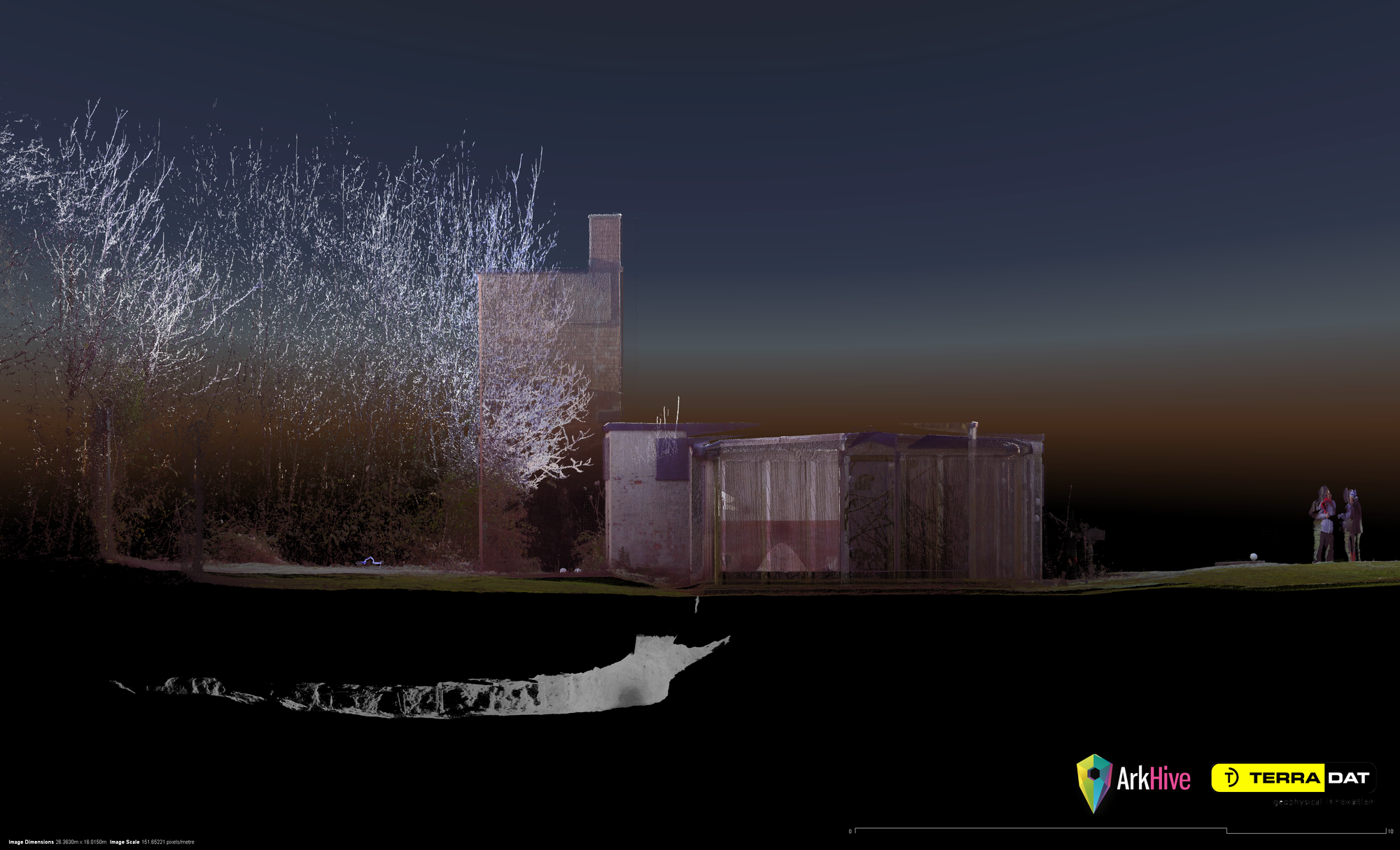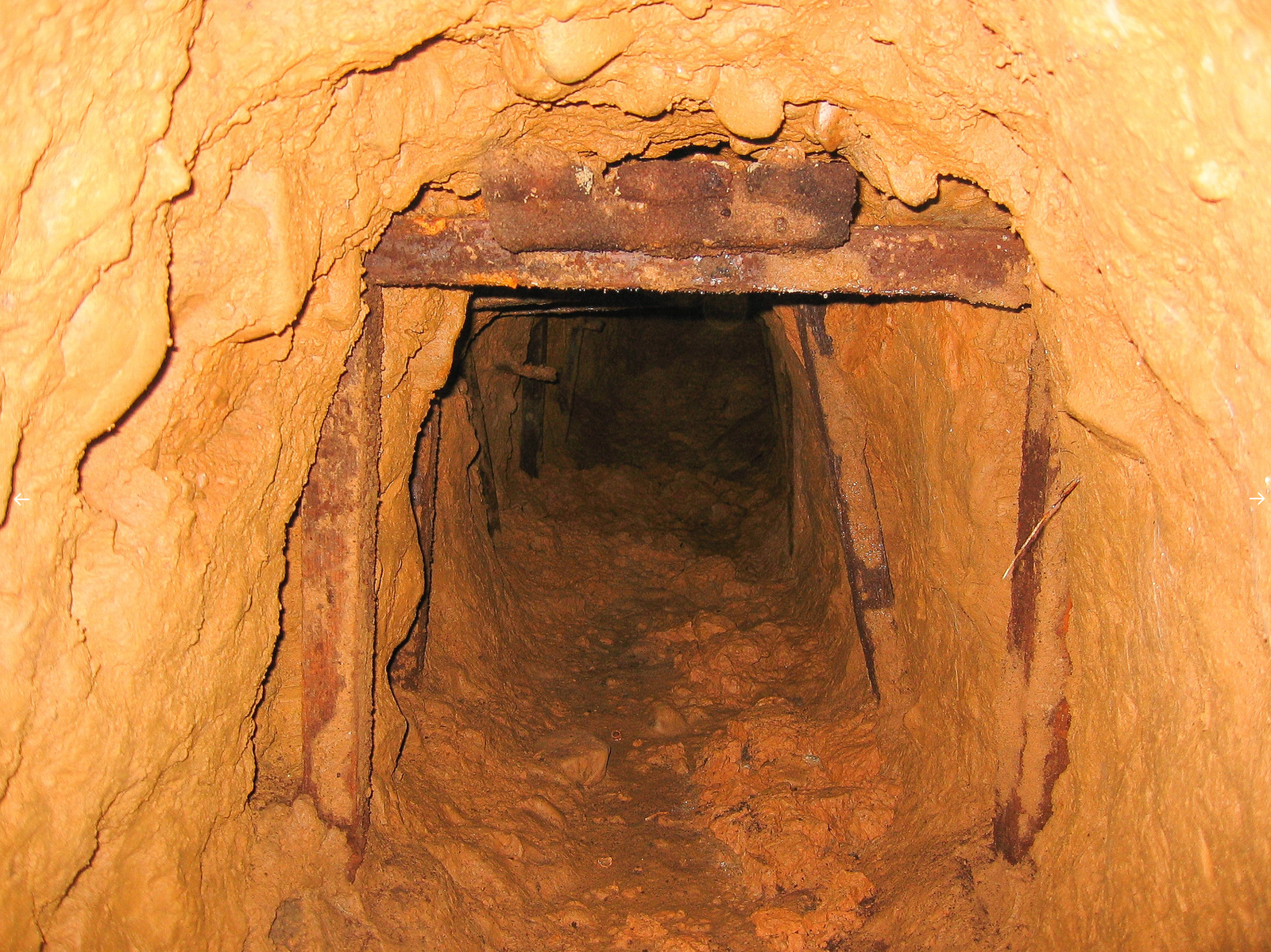Exploring the Largest Nazi POW Escape on British Soil
The quiet town of Bridgend in South Wales holds a little-known secret from the annals of World War II. In the heart of this peaceful community lies the site of Island Farm, a former prisoner-of-war camp. However, this camp wasn't just any POW facility—it was the stage for one of the most daring escapes attempted by German prisoners on British soil.
The year was 1945, and the tide of the war was turning. Yet, within the barbed wire confines of Island Farm, a group of determined Nazi officers were hatching a bold plan. Their target: Hut 9. Underneath its unassuming facade, these prisoners were painstakingly digging a tunnel, their clandestine route to freedom.
On the night of March 10th, 1945, the plan was put into action. An incredible 70 prisoners vanished into the Welsh countryside, sparking a massive manhunt that gripped the nation. The audacity of their escape, the sheer number of escapees, and the tense atmosphere of wartime Britain created a tale of intrigue that has echoed down through the decades.

Geophysics, a Mini Digger and a Sledge
Almost sixty years after the escape, TerraDat was contacted by a film production company planning to make a docu-drama about the escape. We knew about the site and jumped at the chance to use our technology and expertise to get involved.
So, on a chilly Saturday morning, a small team of TerraDat geophysicists assembled and carried out ground-penetrating radar scans around the perimeter of the faded-looking concrete hut. Some interesting anomalies coincided with the prison cell from which the tunnel originated, and the data indicated depths of around 2 metres below the sandy ground.

The film company had hired a mini digger, and fortunately, one of the TerraDat directors knew how to operate it. The excavation of the anomaly disappointingly revealed nothing, and the digger's reach was right on the limit of the estimated radar anomaly depth. Then, a small black hole the size of a hand appeared and suddenly collapsed to reveal a 2-3ft high void. We had found the tunnel!

After making sure the hole was safe, a ladder was lowered down, enabling us to view the tunnel. It looked as fresh as the night in 1945 when the prisoners escaped with intact wooden props made from pieces of furniture, rotten sheets that would have kept the escapees clean and evidence of a ventilation system made from food tins.
A child's sledge was modified with a GoPro camera and mountain bike lights to be pushed along the tunnel with drain rods. The impressive footage can be viewed below.
Video footage along a Nazi escape tunnel in Wales
The discovery, along with the amazing murals and relics inside the hut were used as a backdrop for the "Welsh Great Escape" film that can be seen on Channel 4. In addition to geophysics and photography, TerraDat also carried out 3D laser scanning of the hut and tunnel. An animated fly-through of Hut 9 and the tunnel can be seen below.
3D laser scan fly through of Nazi escape tunnel
Following the release of the film, it turned out that some retired Cardiff University lecturers who taught the TerraDat directors excavated the tunnel from outside of the camp in the early 1980s. A gallery of slides, courtesy of Dr Alun Isaac, can be viewed here.
The Island Farm project provides a good example of how local history, geophysics and ground truthing can uncover fascinating and forgotten stories from the past beneath our feet. TerraDat's data contributed to the site becoming a schduled monument by the Welsh Government's historic environment service, CADW.
There is a small museum and preservation society in Bridgend, and further information can be found on their website hut9.org.uk.

